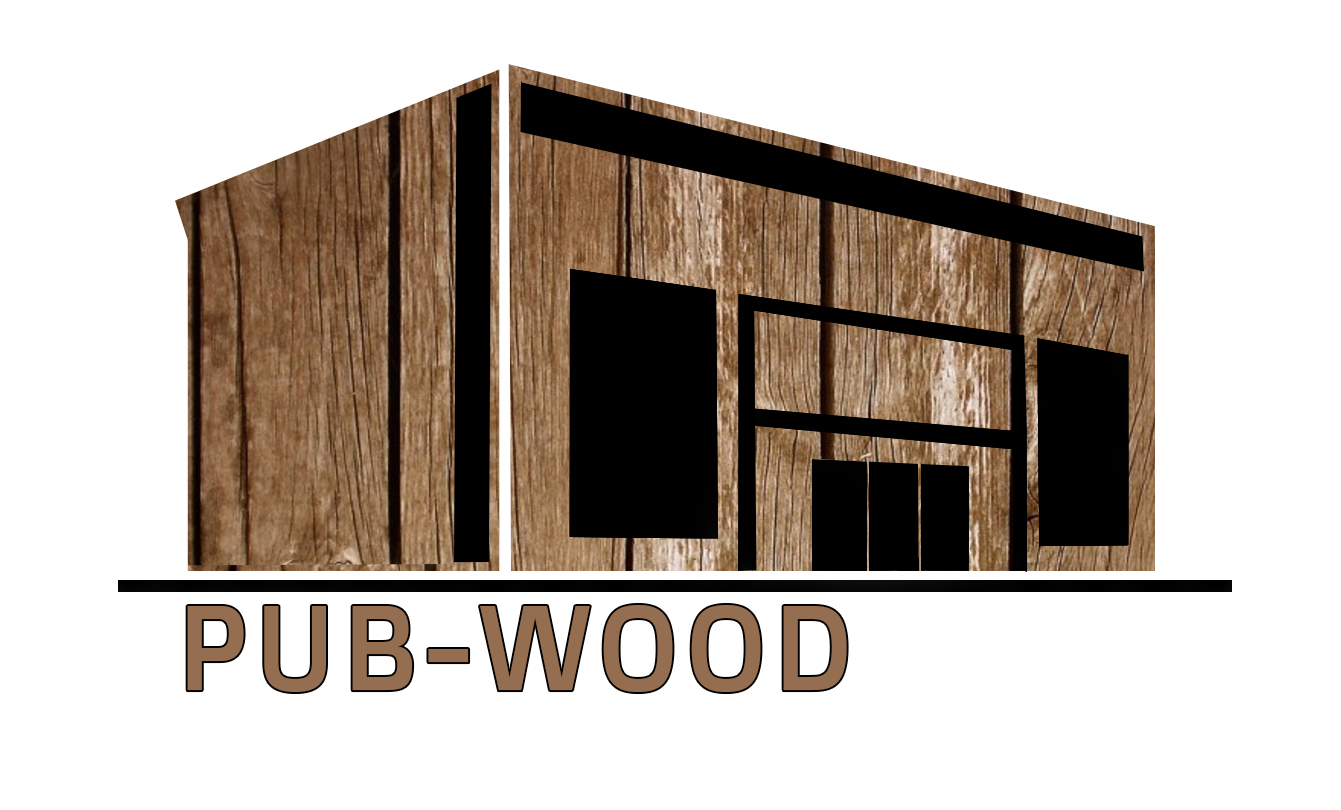Dalies kontūras
-


Nowadays advanced companies in the construction sector are keen to use construction materials that have a lower environmental impact, and in this context stakeholders increasingly seeing wood as the natural and sustainable option for large public buildings. If public institutions and business enterprises express their ecological concerns by using wood constructions for public buildings, this is a clear indicator of a mature society who focuses on sustainable development.
The module “Design, Construction and Management of Wooden Public Buildings” was developed in frames of the project “Sustainable Public Buildings Designed and Constructed in Wood” (Pub-Wood), No. 2018-1-LT01-KA203-046963, funded by the Erasmus+ programme of the European Union (http://www.pubwood.eu). The wider objective of this project is to develop a trans-disciplinary and transnational course/ elective element in the EU HEIs on the design, construction and management of sustainable public wooden buildings in order to enhance the quality and relevance of students’ knowledge and skills for future labour market needs.
The module is delivered by five higher education institutions: Vilnius Gedminas Technical University (Lithuania), VIA University College (Denmark), Coventry University (United Kingdom), Häme University of Applied Sciences (Finland) and Riga Technical University (Latvia) with contributions from Lithuanian State Enterprise Center of Registers and Study and Consulting Center (Lithuania).
Module aim
The aim of the module is to introduce students to the theory and methods of design, construction and management of sustainable wooden public buildings.
Module description
The module provides understanding of wooden construction in the context of sustainable development, introduces wood as construction resource and material, architectural and structural design principles of sustainable wooden public buildings, describes construction process and its management, use and maintenance issues, provides best practice examples.
The theory and methodology of the module are mastered during lectures, by studying professional literature and interactive sources. Special and general skills are developed by project based learning and blended learning approaches.
-
-
-
-
-
